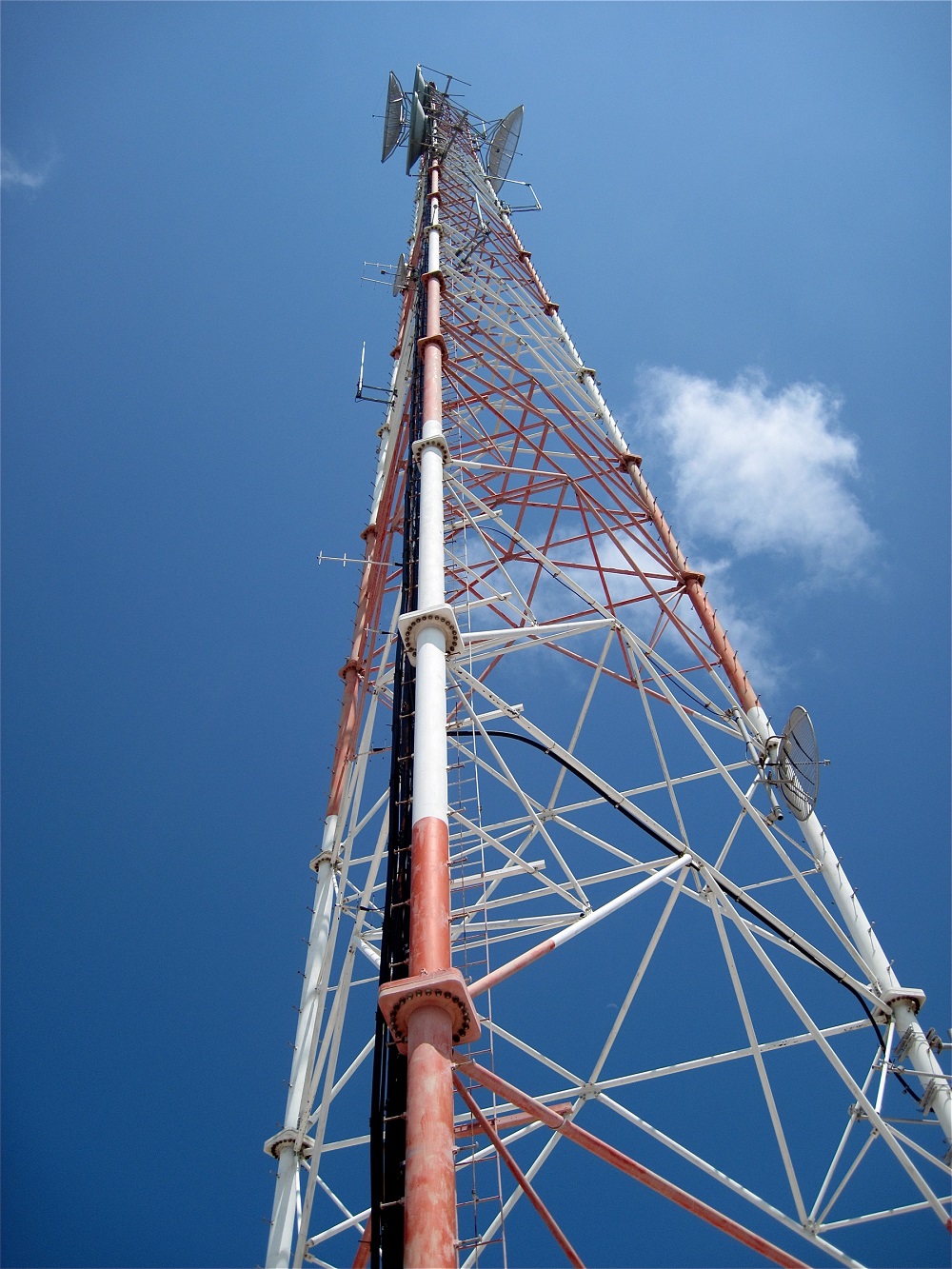Rogers Communications is preparing to bring 30-40 new fifth-generation (5G) cell towers and upgrade 21 existing ones to improve coverage throughout Haliburton County.
The company presented to a special County council meeting April 28 with information on the Eastern Ontario Regional Network’s (EORN) cellular project, which aims to provide 99 per cent coverage throughout the region, with 95 per cent of areas supporting cellular web browsing and 85 per cent supporting video streaming. Rogers was selected for the public-private partnership, which has a more than $300 million combined investment.
The company plans to start upgrading existing towers this spring, with some finished by the summer. It expects to complete all upgrades by the end of 2022, with new tower construction to finish by 2025.
“It’s a very aggressive schedule,” EORN CEO David Fell said. “We are confident we will meet or exceed those coverage goals for the project.”
The County is contributing $441,765 towards the initiative. The process is underway, with Rogers indicating it is scouting new tower locations, which will require municipal approval.
Council members expressed excitement about the initiative but also discussed the hurdles it could bring.
Algonquin Highlands Coun. Lisa Barry asked about long-term studies on exposure to radiofrequency, alluding to health concerns about 5G.
County wary of ‘nimby’ concerns
Rogers senior director of 5G product management and customer readiness Sameer Sheth said the company follows the highest safety regulations from the Canadian government. Health Canada has stated there are no health risks from exposure to cellphones, towers and 5G devices.
Dysart et al mayor Andrea Roberts said residents could protest the towers as they go up – despite how necessary they are to improve coverage.
“Like a lot of things … the old nimby (not in my backyard) comes around,” Roberts said. “They want service, they don’t want the cell towers.”
Highlands East deputy mayor Cec Ryall said pushback may prove less than anticipated, adding the pandemic has changed some mindsets.
“I don’t think we’re going to have as much resistance as we had in the past, although I’m sure there will be,” Ryall said.
Internet not included
The project stands to improve data capabilities but does not necessarily improve internet coverage. EORN staff also presented about the Big Gig initiative, a $1.2-$1.6 billion proposal to bring gigabyte download speeds throughout the region that has yet to receive funding.
Minden Coun. Bob Carter asked about using wireless technology from the new towers for internet improvements, adding data plans can be cost-prohibitive as a substitute.
Fell said the government funding for the project is limited to cellular coverage. But he added Rogers is interested in providing fixed wireless internet from the new infrastructure.
“It’s absolutely something we have supported,” Fell said. “Any broadband is good broadband.”
Warden Liz Danielsen said the project has come with a tremendous amount of work – and frustration.
“It’s going to take some time for us to get connected – and probably longer than most people want,” Danielsen said. “But we’re really pleased to see this going forward.”





